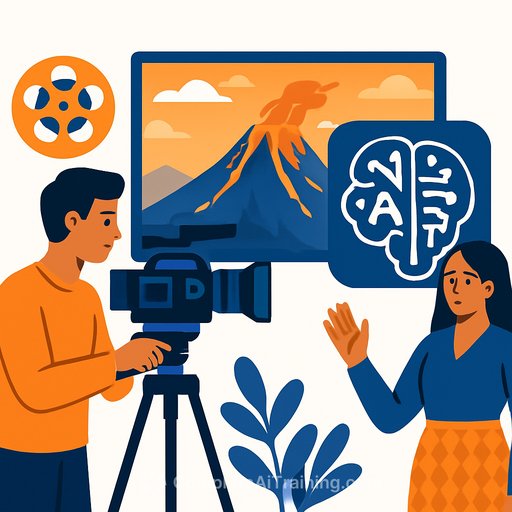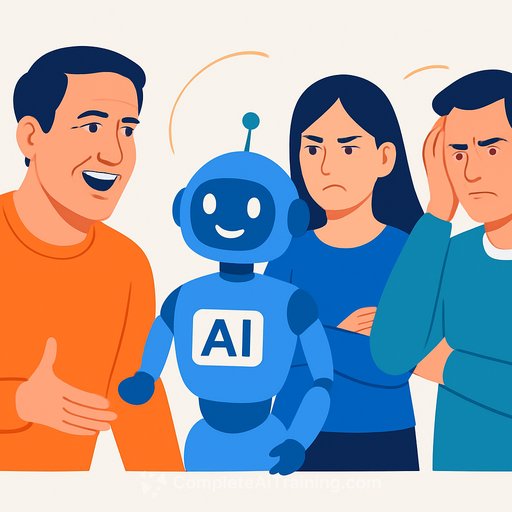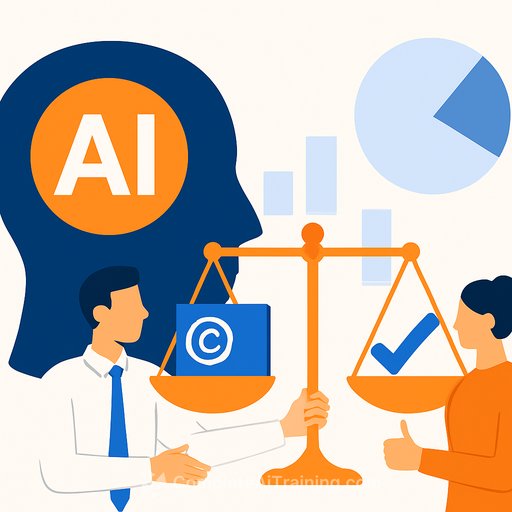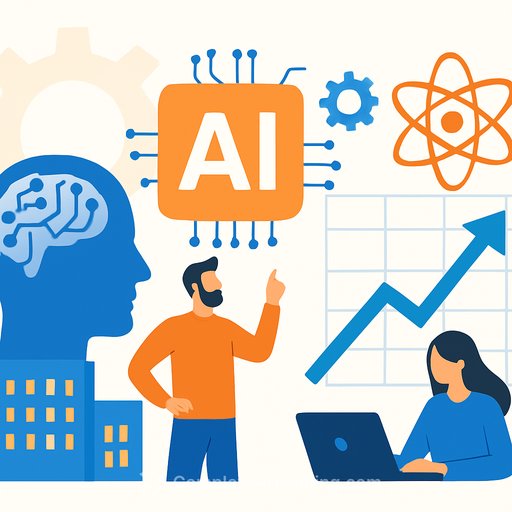Indonesia's film industry leans on AI to build Hollywood-level ambition on indie budgets
Generative AI for video, images, and text is now part of Indonesia's film toolkit. The goal is simple: ship higher-quality films faster and cheaper - without waiting for massive budgets.
Tools like Sora 2, Runway, Midjourney, Google's Veo, and ChatGPT are speeding up preproduction and post. The shift is visible across storyboard, previs, VFX, editing, and audio. The result: more experimentation, bigger concepts, and tighter timelines.
Why this matters for creatives
Indonesia's domestic box office crossed $400 million in 2023 and global work keeps flowing. Budgets are still tight - roughly 10 billion rupiah (about $602,500) per film - but expectations keep rising. AI bridges that gap.
Producers see cost savings and scale. Many artists see faster turnarounds and new creative options. Others are losing roles or negotiating new ones. Both can be true at once.
The current tool stack (and where it fits)
- ChatGPT: outlines, beats, polish, and cleanup for scripts and pitch decks.
- Midjourney: fast visual ideation for characters, environments, and mood frames.
- Runway and Sora 2: short, realistic clips for storyboarding, previs, and first edits. See Sora.
- Google Veo: additional text-to-video options for look tests and transitions.
Artists report 50-70% time savings on first passes. One VFX artist said draft edits that took days now take hours. Another uses AI for initial comps, then refines by hand to hit quality and continuity.
What AI handles well vs. where humans stay critical
- Strong fits: roto, mask cleanup, background replacement, utility passes, style frames, previs clips with synced sound, and quick alt takes.
- Still shaky: coherent physics in complex shots, skin texture and pores, hands and occlusion in tricky angles, story beats that require nuance and timing.
- Creative control: AI is great for first drafts; human taste still decides what lives on screen.
Budgets, speed, and ambition
Studios are using AI to prototype big set pieces without renting stages or building full CG pipelines upfront. Action-heavy scenes that were out of reach months ago are now testable in days. That lets teams pitch bolder ideas and commit once the look works.
Elsewhere, major productions already use AI for opening titles, complex sequences, or final shots. Feature-length AI-assisted projects are targeting shorter timelines and smaller budgets than traditional animation houses.
Jobs are changing - not disappearing
Roles like roto artist and junior storyboarder are thinning as automated tools get decent. VFX leads and senior artists still set the bar: they judge realism, fix artifacts, and keep continuity.
Writers are trimming grunt work with AI - brainstorming, structure, and proofreading - while keeping voice and emotion human. Many filmmakers still view fully AI-generated scenes as "too perfect" and lifeless. That's a useful calibration: AI drafts, humans direct.
Voice work and consent
AI voice cloning and synthetic actors have triggered pushback in some markets, with unions raising concerns about consent and compensation. In Indonesia, some studios now use archived voice samples to generate variations, with payments based on timbre and usage.
Keep your ethics clean: get written consent, define usage, set time limits, and pay for likeness and voice rights. If you work across markets, track union and legal rules. Reference: SAG-AFTRA and AI.
On the ground in Indonesia
Lecturers and studio leads say access to AI is a tipping point: creatives can test ideas without burning budget. VFX artists use AI for first edits, then "touch up" until the shot holds up. Producers support AI to stretch budgets toward Hollywood-level quality.
Festivals dedicated to AI films are growing, with more submissions every cycle. Training programs now include AI filmmaking, prompt craft, and hybrid pipelines. Many veterans are upskilling while betting that distinctive human work will rise in value as AI outputs converge.
Practical playbook: build your hybrid pipeline
- Pitch faster: generate lookbooks and mood frames with Midjourney; cut a 30-60s previs in Runway or Sora 2 for key scenes.
- Write smarter: use ChatGPT for loglines, beat sheets, and alt scenes; keep your voice for final dialogue and tone.
- VFX workflow: use AI for roto, background plates, and rough comps; lock realism and continuity with manual passes.
- Storyboard strategy: mix AI poses/angles with hand-drawn corrections; keep a style bible for character consistency.
- Audio: only use licensed or consented voices; document agreements and pay for likeness/timbre.
- Quality gate: enforce human review for skin texture, physics, hands, and eye lines before client sign-off.
- Data hygiene: track prompts, seeds, versions, and sources so shots can be reproduced and cleared.
- Upskill plan: schedule weekly reps on new tools; keep your craft (editing, directing, acting) as the differentiator.
Key numbers to watch
- Domestic box office: $400M in 2023 - headroom for bigger bets.
- Typical local budget: ~10B IDR per film - far below Hollywood, making efficiency crucial.
- Global disruption: over 200,000 entertainment jobs expected to shift with generative AI by 2026.
Bottom line
AI won't replace taste, story, or performance. It makes room for them by clearing repetitive work. For creatives, the edge is simple: use AI for speed, keep humans for soul, and price your judgment - that's the part clients can't automate.
Want to sharpen your AI video workflow? Explore curated tools and training for creatives here: Generative video tools.
Your membership also unlocks:






